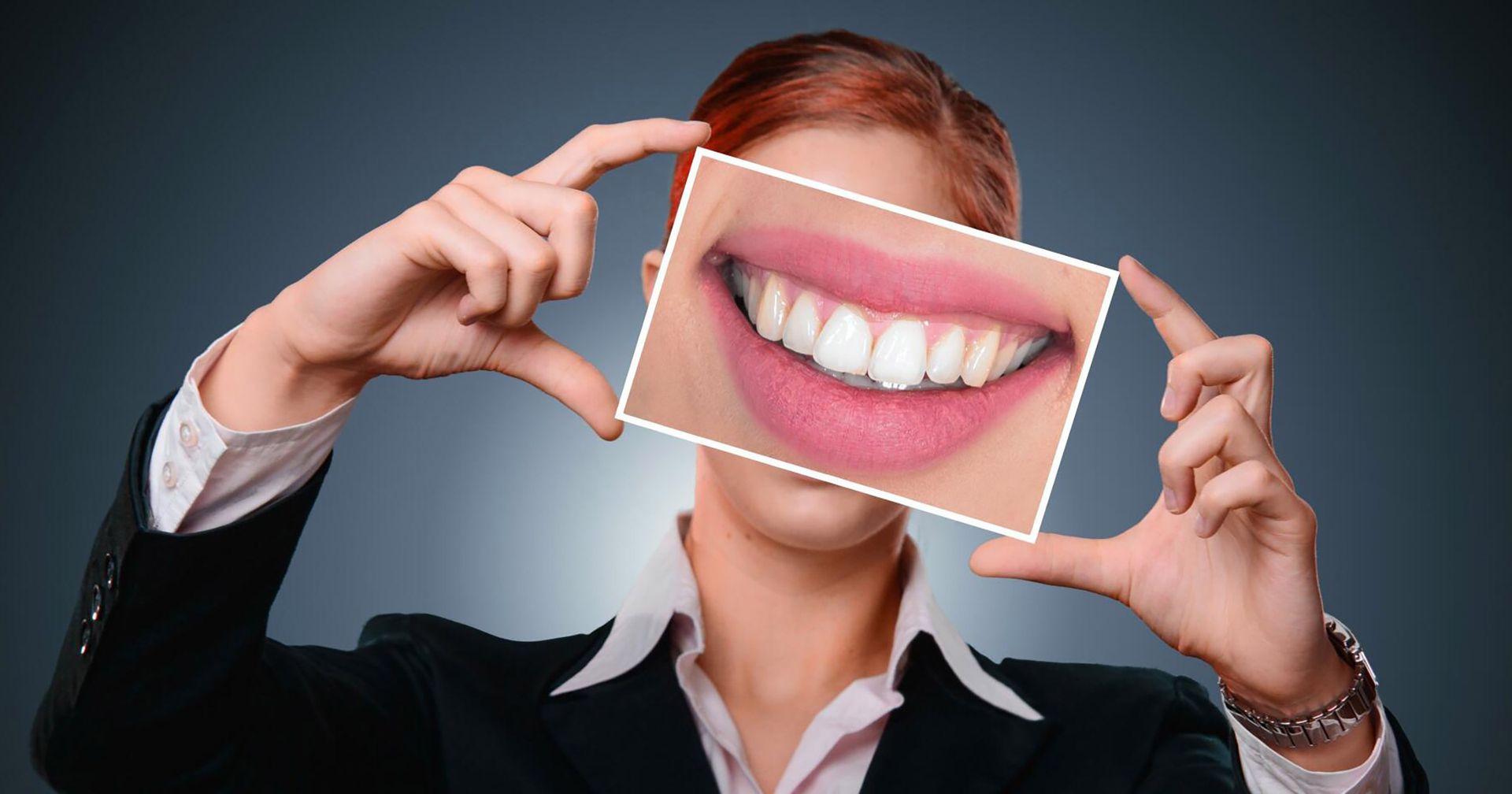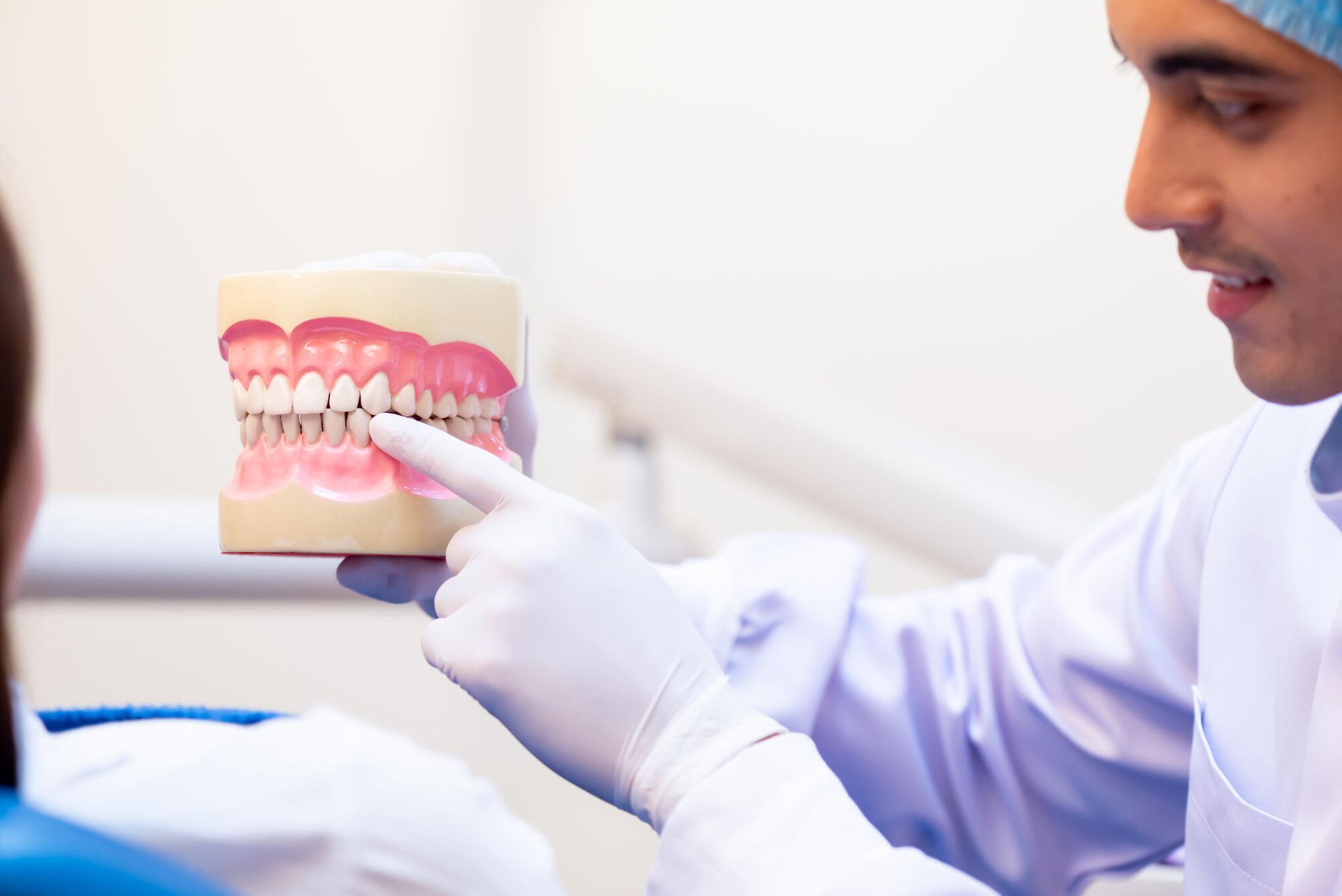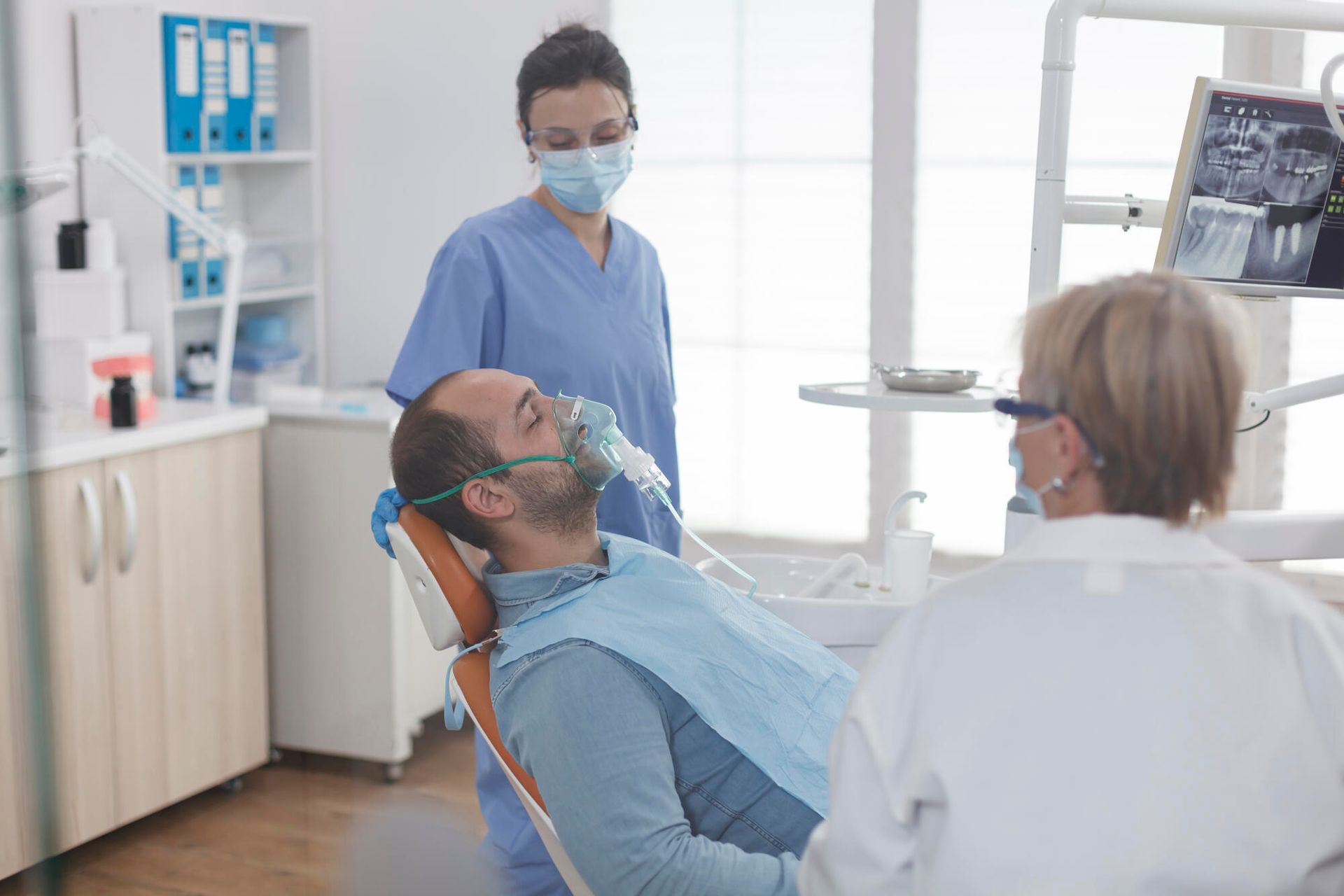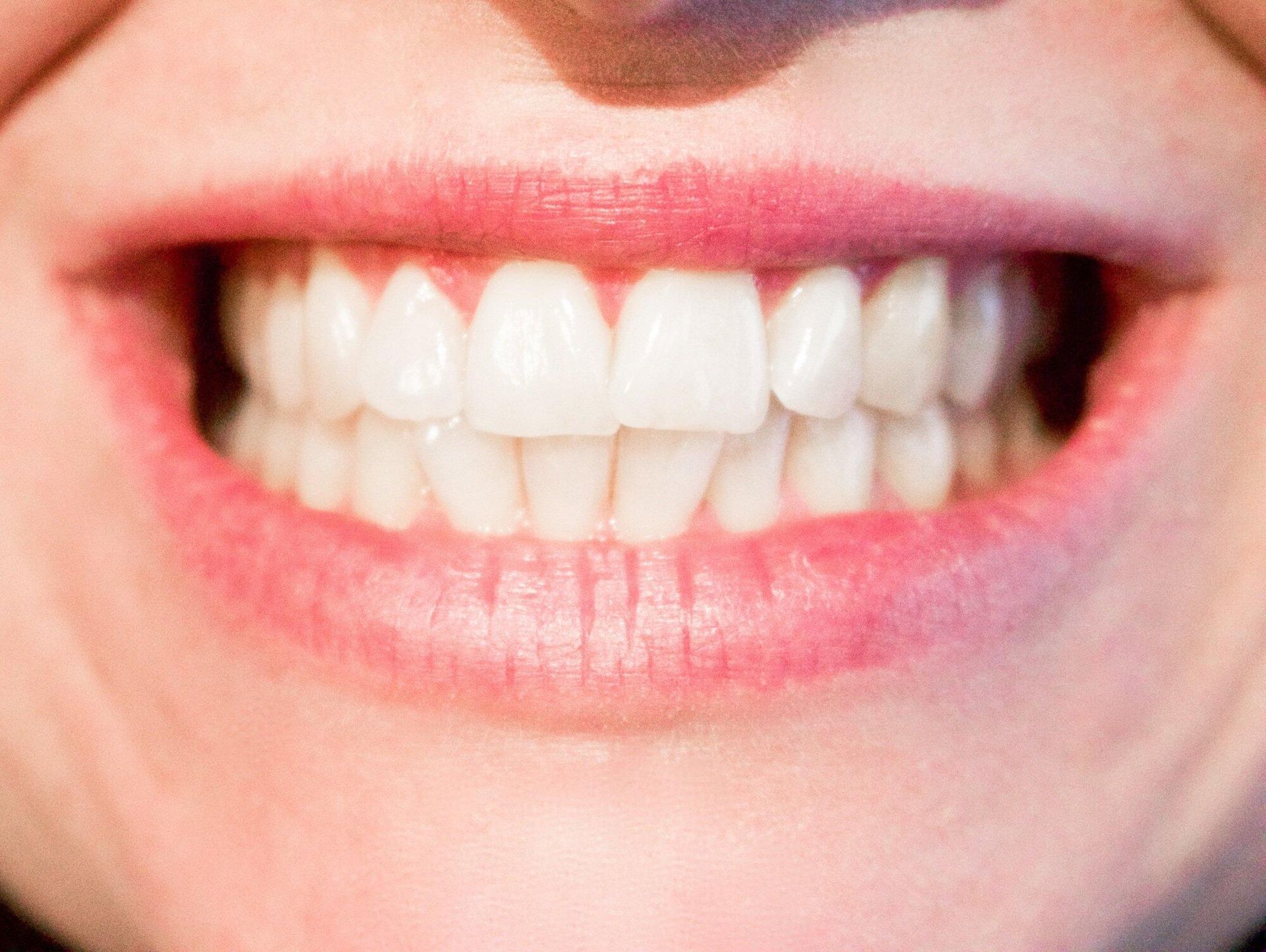Invisalign vs Fastbraces: Which is Right for You?
Trying to choose between Invisalign vs Fastbraces? Discover the pros and cons to help you decide. Uncover the perfect solution for your smile.
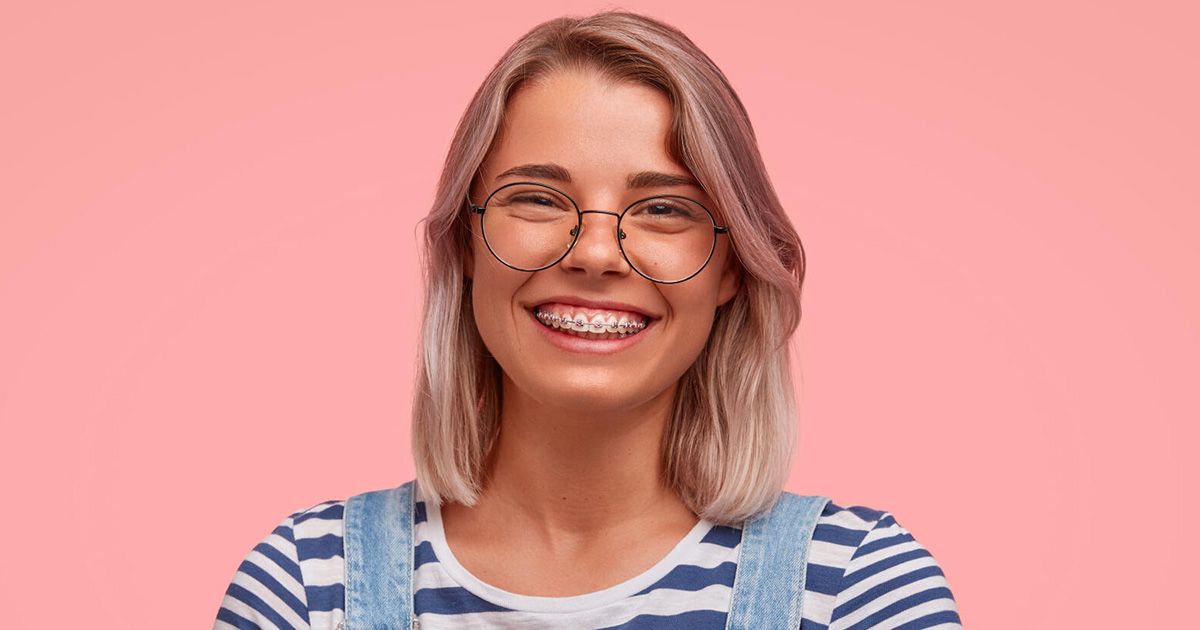
There are many reasons to seek out orthodontic care as a teen or adult. Straighter teeth don't just increase your confidence. Better alignment can also support your oral health by making it easier to keep your teeth plaque-free.
These days, there's far more to orthodontia than traditional braces. Braces alternatives include things like Invisalign and Fastbraces and patients have a lot of say in which treatment they pursue.
What are the key differences between Invisalign vs Fastbraces and how can you decide which one is right for you? Re
What Is Invisalign?
Invisalign is a system of clear aligners used to address minor to moderate alignment issues. Unlike other dental correction options, Invisalign is a removable system, which many patients prefer. So far, Invisalign has treated over 17 million patients, the majority of which have been adults.
Most patients will need a minimum of 14 aligner trays, wearing each aligner for up to four weeks. Each tray is custom-made to promote safe, gradual shifting until the teeth are straight, gap-free, and aligned.
What Are Fastbraces?
Fastbraces look and feel a lot more like traditional braces, although there are some key differences. As the name suggests, Fastbraces work faster than traditional braces. Patients can complete their course of treatment in anywhere between three months and one year.
Orthodontists can correct even moderate to severe orthodontic issues using Fastbraces. Though they require fewer wires and fewer adjustments than traditional braces, they can often achieve the same results.
Signs That Invisalign Is Right for You
Invisalign is undoubtedly one of the most popular orthodontic treatments in modern history. Let's take a look at the signs that clear aligners like Invisalign are right for you.
You Have Mild to Moderate Alignment Issues
When it comes to orthodontia, Invisalign is on the more passive side. Clear aligner trays fit like retainers and encourage gentle shifting over time. This kind of treatment works well to fix mild and moderate alignment issues and imperfections, such as:
- Small gaps
- Overcrowding
- Mild overbites and underbites
- Crossbites
Invisalign can't correct all misalignment issues, meaning that some patients will need something stronger. Patients tend to opt for Invisalign when their alignment issues fall into the cosmetic category.
You're Good at Forming New Habits
Patients who use Invisalign need to commit to their orthodontic care. Because you can remove your Invisalign aligners, it's up to you to make sure you're wearing them as often as possible. In fact, to see real results, you should wear your trays 20-22 hours every day, taking them out only when you're:
- Eating
- Drinking liquids other than water
- Brushing, flossing, rinsing, and washing your aligner trays
Make sure you're ready to take on the responsibility and change your habits before committing to Invisalign.
Comfort Is Your Priority
If you had braces as a teen, you may remember that associated discomfort. For example, metal brackets can rub against the inside of the cheeks, causing sore spots. Some patients find this sensation unbearable and may prefer the smooth, metal-free surface of Invisalign.
Keep in mind that you can still experience mild discomfort with Invisalign, specifically when you need to change trays. As your teeth start to adjust to a new aligner, you may notice soreness or tenderness in the teeth.
You Want a Discrete Option
Like traditional braces, Fastbraces rely on brackets to keep wires in place. They're made of tooth-colored ceramics and aren't as noticeable as traditional braces, but they're not the most discrete option.
Invisalign isn't a 100% invisible option, but it's a lot less noticeable than any type of braces. It won't impact the shape of your mouth or profile and as long as you prevent staining, it won't have a big impact on the appearance of your smile.
Signs That Fastbraces Are Right for You
Though Fastbraces have been around since the early 90s, we still consider them a modern innovation in dentistry and orthodontia. They're a great choice for many patients, and here are the signs that you're one of them.
You Have Moderate to Severe Alignment Issues
There's no real need to use something like Fastbraces to fix minor alignment issues. However, Fastbraces is ideal for moderate to severe alignment issues like:
- Misalignment in the molars
- Severe overbites and underbites
- Severe overcrowding
- Large gaps
- Complex crossbites
If you have moderate alignment issues that Invisalign can address, consult your orthodontist about your best option. One in six patients switch from Invisalign to braces, and it may make more sense for you to go straight to Fastbraces.
Speed Is Your Priority
Invisalign is touted as one of the fastest braces alternatives, but this is a bit misleading. Some patients can complete their Invisalign treatment in as little as three months, but this has to do with how mild their alignment issues are.
What Invisalign can fix in six to eight months, Fastbraces can often fix in three to four months. If you want straighter teeth as fast as possible, talk to your orthodontist about Fastbraces.
Habit-Building Isn't Your Forte
There's nothing wrong with admitting that you would struggle with the Invisalign system. Not everyone wants to take a hands-on approach to their orthodontic treatment. If you're worried that you would forget to put your aligners in every day or lose them after taking them out, consider Fastbraces.
Like Invisalign, Fastbraces requires fewer appointments than traditional braces. However, the Fastbrace technology is self-sufficient. All you need to do is practice good oral hygiene and you're good to go.
Invisalign vs. Fastbraces: Learn More at Dental Arts
Teeth straightening options are a lot more diverse in the twenty-first century than they used to be. The best way to decide between Invisalign vs Fastbraces is to schedule a consultation with your orthodontist.
At Dental Arts of Catoosa, Locust Grove, and Bixby, we make it easy for your family to get oral healthcare. We offer preventative and cosmetic dentistry, orthodontics, and oral surgery for patients of all ages.
Contact our office near you or book your appointment online to get started.
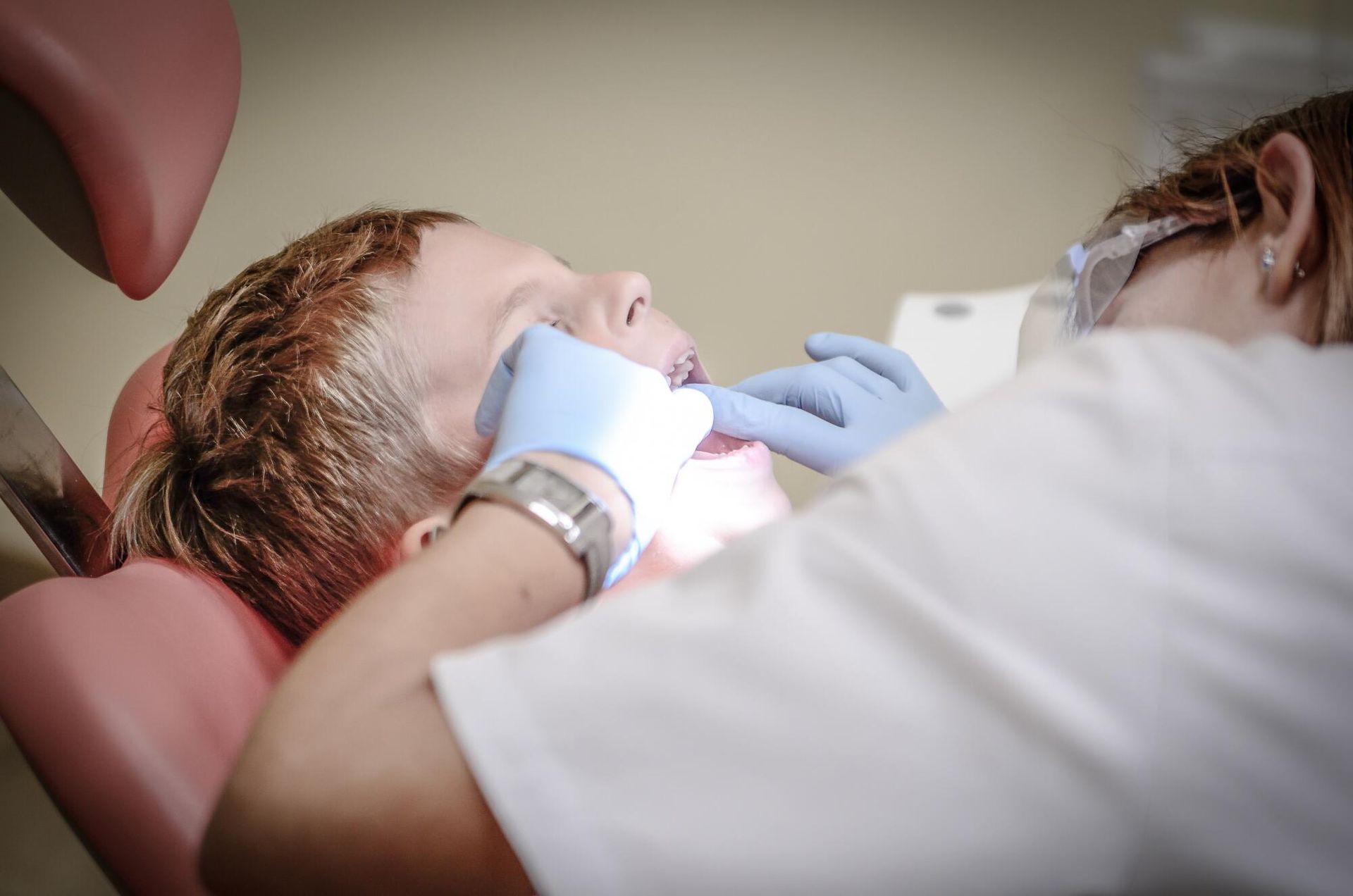

Catoosa Location
Locust Grove Location
Bixby Location
Tulsa Location
Nowata Location
This website and its marketing content are provided exclusively for use by clients of Dental Arts Management, LLC under the terms and conditions of the management services agreement.
All Rights Reserved | Dental Arts
Website Designed & Maintained by Xpress Promotion
918-937-7587
918-276-7318
918-205-7217
918-303-5048
918-393-4083

